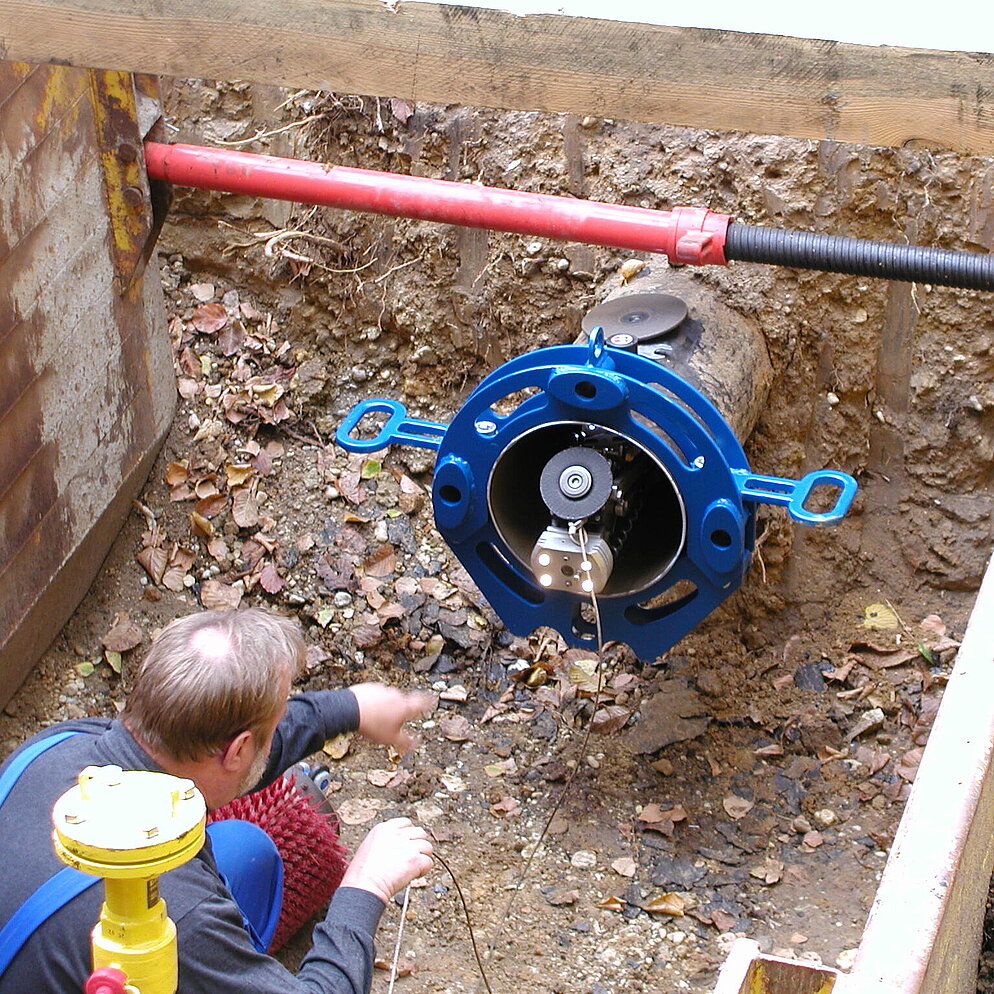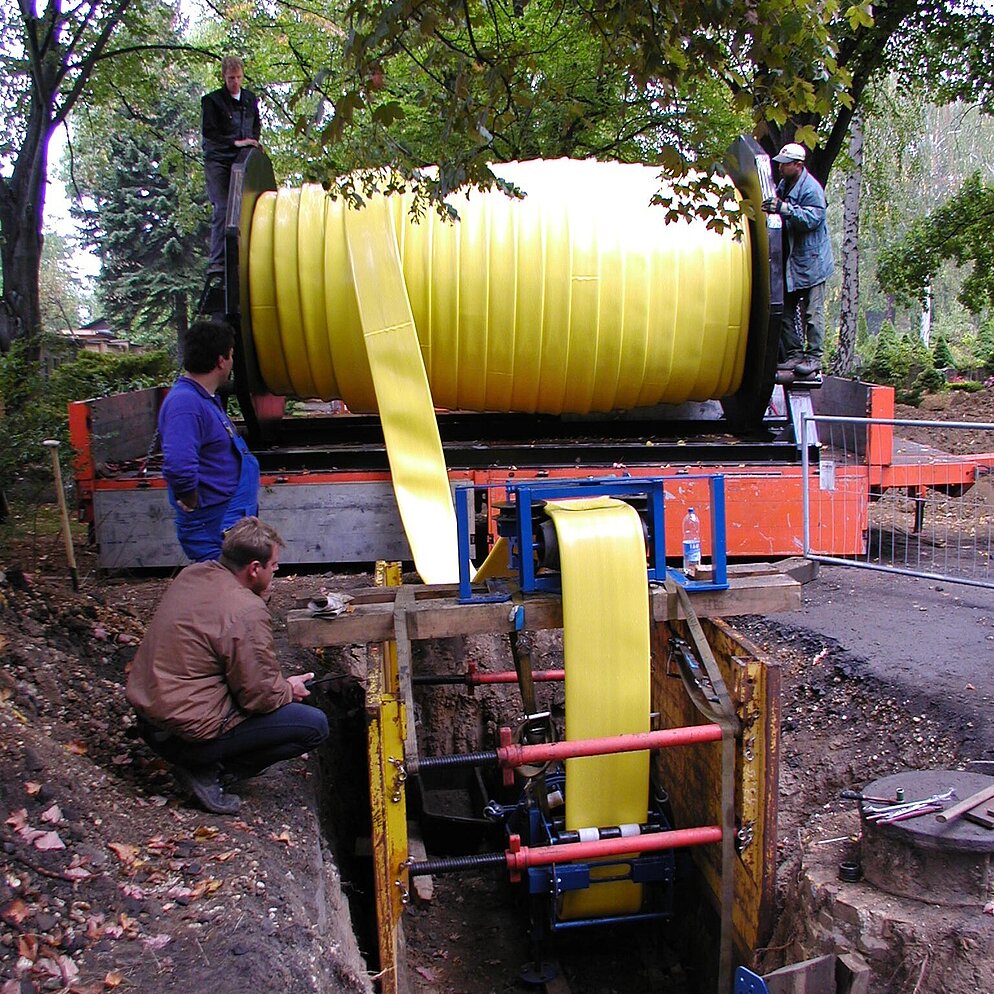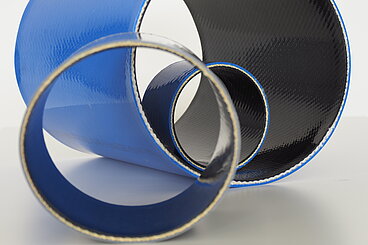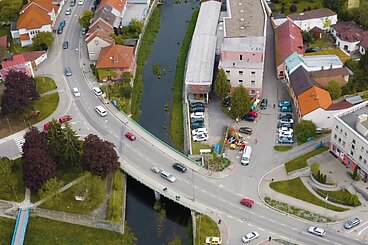Covering 72 hectares, the South Cemetery in Leipzig is one of the largest park-like cemeteries in Germany. It and its trees are listed as historical monuments. This was precisely one of the challenges facing Leipzig's public utility company in 2003. A DN 300 gas pipeline runs under the cemetery. More than a kilometre of this pipeline was in need of rehabilitation. Due to its listed status, conventional renovation methods, i.e. open construction, were not possible. Netz Leipzig GmbH, a subsidiary of the municipal utilities “Leipziger Stadtwerke”, was very open to the new system, making the Leipzig network operator a pioneer in the trenchless renovation of gas pipes using inliners.
Rädlinger primus line GmbH, which had been founded just two years earlier, had developed this inliner specifically for the transport of gas; other media were added later. After various tests, the system, called "Primus Line", was ready for live use. The Leipzig-based company had classified Primus Line® as a "viable method" and used it to renovate the steel pipeline under the South Cemetery. Holger Thieme, then as now head of the Gas Network Operations department at Netz Leipzig, summarises the reasons for this as "fast, uncomplicated and low-cost". Fast, because the rehabilitation could be carried out within a few days; uncomplicated and low-cost, because only a few relatively small excavation pits were required. The old pipe could remain in place. In addition, it was a pipe with few branches and a long length – good conditions for using an inliner process.





